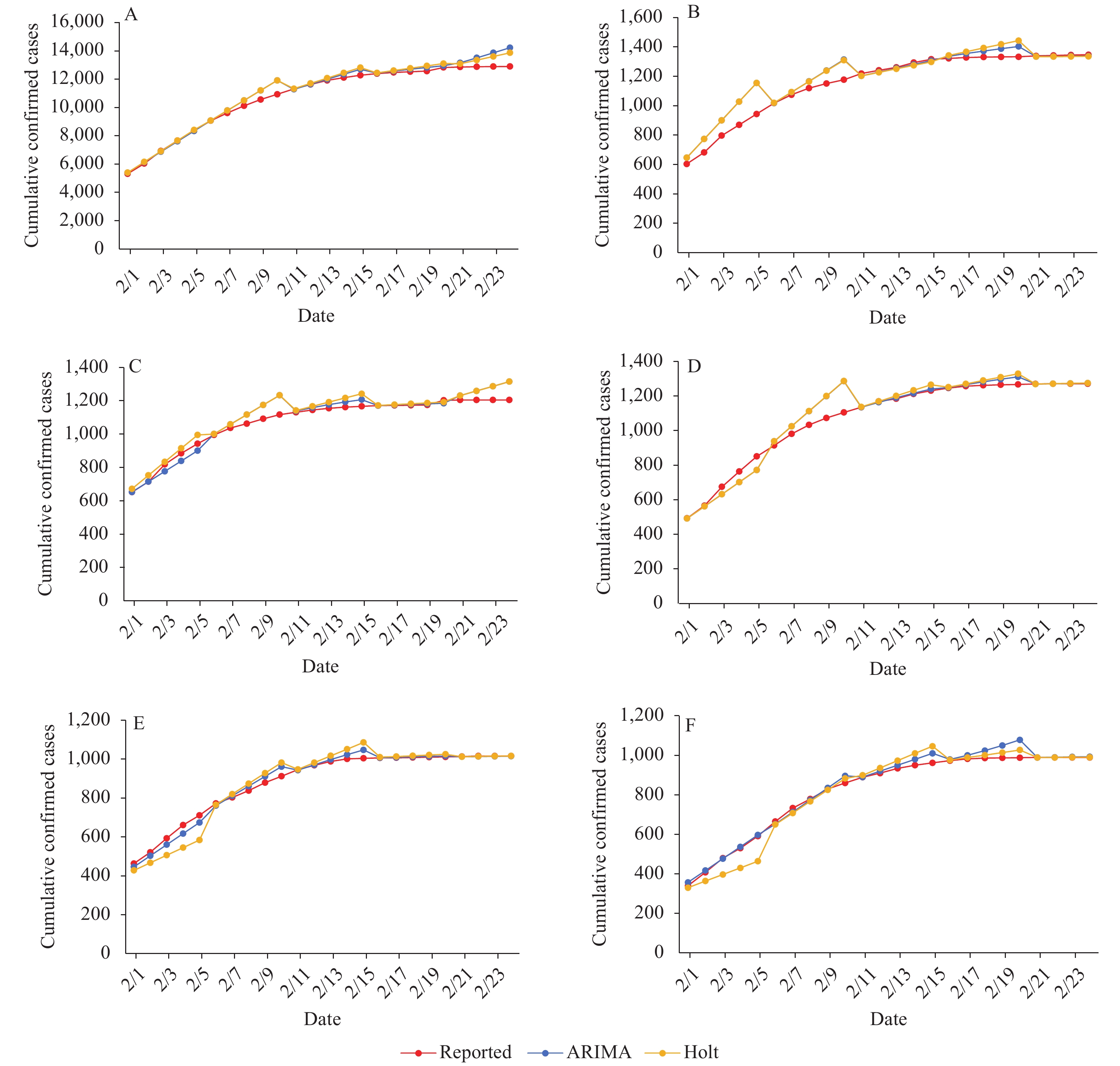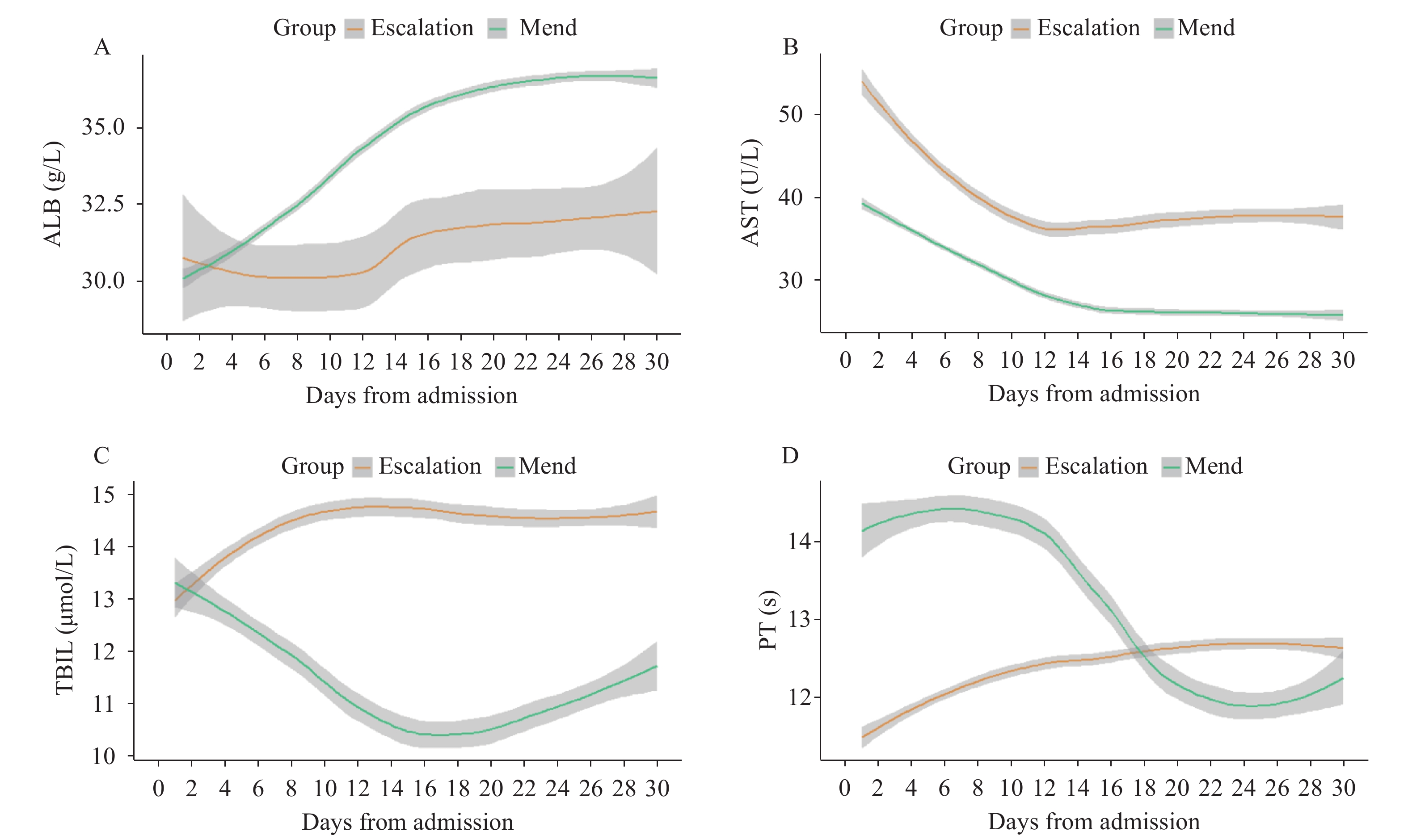2021 Vol. 3, No. 20
What is already known about this topic?
Brucellosis is one of the most important zoonotic diseases in China. Goat milk and dairy products are essential pathways for foodborne transmission of brucellosis. Pasteurization can completely kill Brucella spp. in milk, and milk-borne transmission is mainly related to unhealthy dietary hygiene habits and insufficient epidemic control among animals.
What is added by this report?
This epidemic is the first outbreak of brucellosis in Zhangping City, Fujian Province. A total of 6 confirmed cases were found, and the onset time was from April to June 2019. The investigation suggested that the transmission chain of the epidemic included a private butcher, an infected goat from the north, a dairy farmer, close contact spread, unsterilized goat milk, and consumers drinking raw goat milk.
What are the implications for public health practices?
For the non-endemic area of brucellosis, preventing the import of infected animals and enhancing the practitioner’s and the public’s awareness of disease prevention has important public health significance. It is necessary to strengthen the transregional quarantine of livestock, the food safety inspection and management, and the practitioners’ and public’s awareness of food safety.
On October 21, 2019, the “Notice on promoting the healthy enterprises” and “Specification of Healthy Enterprise Construction (trial)” were issued jointly by the National Patriotic Health Campaign Committee Office and six other government partners. As one of the objectives and tasks of the occupational health protection action (2019–2030), this multisectoral “Healthy Enterprise” Action Plan (HEAP) serves as the first “healthy cell” project carried out at the national level as an indispensable part of the Healthy China Initiative and the Healthy City Movement.
It is of great significance to recognize the importance of the burden of disease linked to the exposure of occupational risks and the ability to identify the main areas of concern.
This article interprets the process of how the healthy workplace or healthy enterprise was originated and evolved; how the theory was introduced and developed in China; and how the 4 main action indicators toward healthier and safer workplaces were formulated including the following: 1) developing the health policy system; 2) building healthy working environments; 3) providing health services; and 4) creating healthy culture. It concludes that the national “healthy enterprise” policy is a specific workplace-based public health practice in the field of occupational health and contributes to build a preventive culture in the context of the Healthy China Initiative. It aims to explore and summarize workplace health promotion models, methods, and experience suitable for China and to disseminate them across China.



 Subscribe for E-mail Alerts
Subscribe for E-mail Alerts CCDC Weekly RSS Feed
CCDC Weekly RSS Feed

